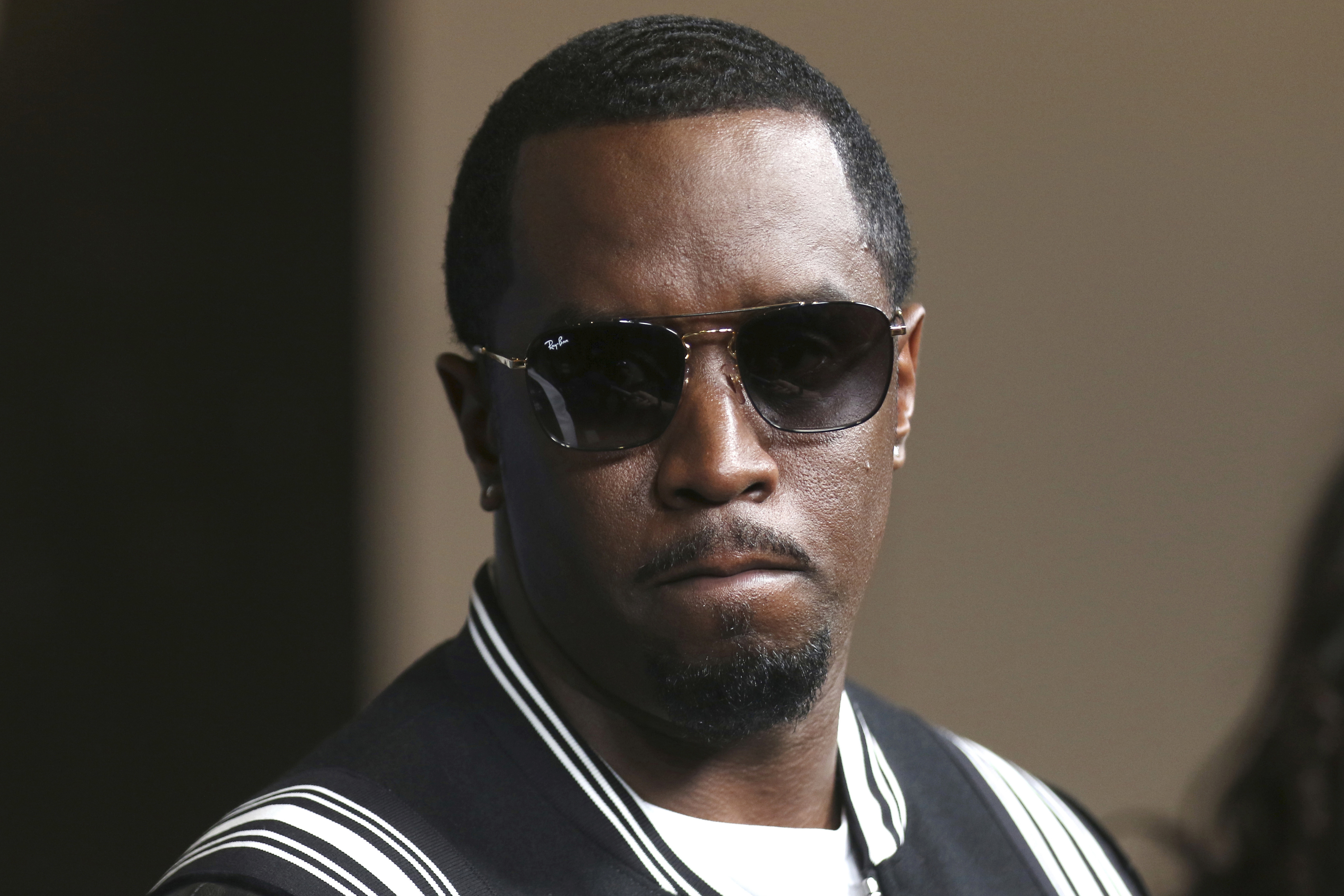A federal safety agency is sending a three-member team to investigate a fatal crash involving a Tesla electric car and a semitrailer that is strikingly similar to a 2016 crash involving another vehicle made by the company.
The National Transportation Safety Board said late Friday on Twitter that the team would work in cooperation with the Palm Beach County Sheriff's Office, which is probing the Friday morning crash in Delray Beach.
A sheriff's report says the tractor-trailer was making a left turn onto a divided highway to head north when the southbound 2018 Tesla Model 3 hit the semi's driver side, tearing off the Tesla's roof as it passed under the trailer. The Tesla's driver, 50-year-old Jeremy Beren Banner, died at the scene.
The report didn't say whether the Tesla's Autopilot semi-autonomous driving system or its automatic emergency braking system were working at the time of the crash. Tesla released a statement Friday expressing sadness and saying the company is "working to learn more and are reaching out to the authorities to offer our cooperation."
The circumstances of the crash are much like one that occurred in May 2016 on the opposite side of Florida, near Gainesville. Joshua Brown, 40, of Canton, Ohio, was traveling in a Tesla Model S on a divided highway and using the Autopilot system when he was killed.
The NTSB, in a 2017 report, wrote that design limitations of the Autopilot system played a major role in the fatal crash, the first known one in which a vehicle operated on a highway under semi-autonomous control systems. The agency, which makes safety recommendations to the National Highway Safety Administration and other agencies, said that Tesla told Model S owners that Autopilot should be used only on limited-access highways, which are primarily interstates. The report said that despite upgrades to the system, Tesla did not incorporate such protections.
Tesla has said that Autopilot and automatic emergency braking are driver-assist systems, and that drivers are told in the owner's manual that they must continuously monitor the road and be ready to take control if necessary.
U.S. & World
In January of 2017, NHTSA ended an investigation into the Gainesville-area crash, finding that Tesla's Autopilot system had no safety defects at the time.
But the agency warned automakers and drivers not to treat the semi-autonomous driving systems as if they could drive themselves. Semi-autonomous systems vary in capabilities, and Tesla's system can keep a car centered in its lane and away from other vehicles. It can also change lanes when activated by the driver.
The NTSB likely will incorporate the Delray Beach crash into other investigations from last year involving Tesla vehicles. Investigators are probing a fatal March 2018 crash involving a Tesla SUV near Mountain View, California. That vehicle was operating on Autopilot when it struck a freeway barrier, killing its driver, the agency determined.
In addition, the NTSB is investigating the crash of a Tesla Model S sedan that may have been using Autopilot when it hit a parked firetruck on Interstate 405 near Los Angeles. The driver told authorities the Autopilot was working at the time.
NHTSA also is looking into a May 11 crash involving a Tesla Model S near Salt Lake City. Autopilot was in use when the car hit a stopped fire department truck.



